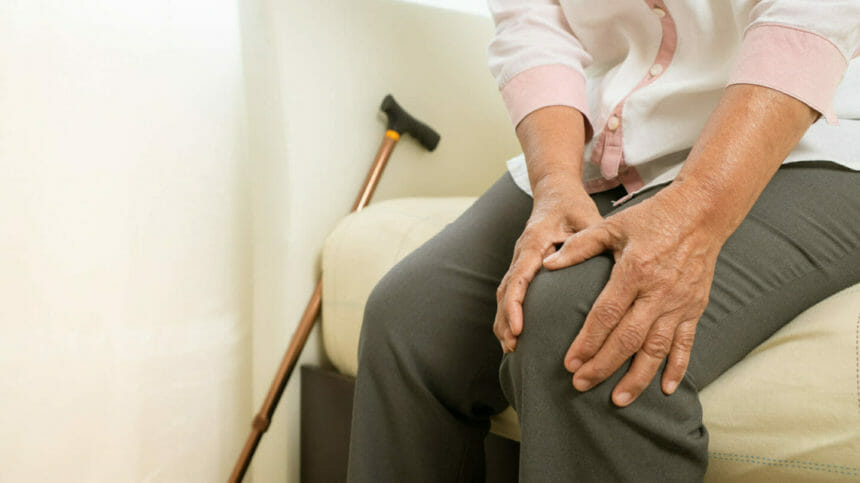A study showed that a two-week intensive rehabilitation program successfully improved older adults’ quality of life, according to a report published Tuesday in Cureus.
The program was conducted at the Techirghiol Balneal and Rehabilitation Sanatorium in Romania.
Investigators used a geriatric assessment to evaluate the progress of 156 patients aged 65 and up from the time they were admitted until they were discharged. The team assessed the patients’ risk of falling, pain levels and motor and cognitive abilities.
The intervention used a tailored approach to holistic care, and included thermotherapy (applications or mud/paraffin baths, as the facility is located near a lake that’s known for the therapeutic use of its mud), therapeutic massage, electrotherapy, kinesiotherapy, and hydro kinesiotherapy. An attending physician customized treatments, introducing or excluding specific procedures based on an individual’s health or other needs. Each person had at least five procedures per day and at least 70 treatment sessions over 14 days, along with medical consultations from a variety of specialists.
Researchers said the intervention integrated a personalized rehabilitation program that targeted mobility improvements and muscle strength along with pain management and health education.
Metrics showed a big improvement in patients’ functional capacity — including improved motor skills that enhanced the ability to perform activities of daily living, as well as better cognitive skills — and a reduction in the risk for falls during hospitalization. Patients also experienced a reduction in pain or symptom intensity, and improvements in health status and social participation. As a result, researchers concluded that treatments that promote active aging could be effectively integrated into medical and institutional care.
“The efficacy of these treatments hinges on a holistic geriatric evaluation, which ensures a tangible enhancement in the physical and mental well-being of the patients, thereby facilitating active aging and elevating their quality of life,” the authors wrote.




